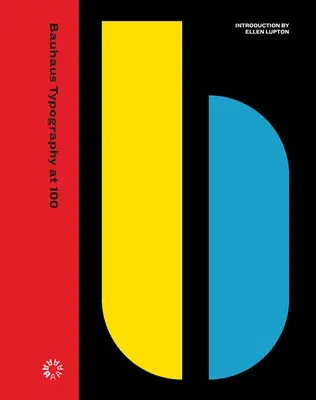An unprecedented, definitive look at the school's typography and print
design, from its early expressive tendencies to the functional modernism
for which it is famed today
The Bauhaus looms large as one of the most influential legacies in
20th-century graphic design. Known for its bold sans-serif typefaces,
crisp asymmetrical grids and clean use of negative space, the school
emerged as the forebearer of a new look--one that seized the tools of
mass production in the creation of a radical new art. Today, just over
100 years after the Bauhaus's opening in 1919, the school's visual
hallmarks have come to define modernity as it appears on the printed
page.
The official catalog for Letterform Archive's inaugural gallery
exhibition, Bauhaus Typography at 100 explores the school's legacy in
graphic and typographic design through artifacts of its own making--its
books, magazines, course materials, product catalogs, stationery,
promotional fliers and other ephemera.
From the book's beautifully designed pages, readers learn of typographic
masters László Moholy-Nagy, Herbert Bayer and Joost Schmidt, who
channeled Constructivism's geometric forms and optimism for industry
into printed vehicles for the school's teachings. Here is where Bauhaus
typography--its rejection of serifs and capitals, embrace of
experimental alphabets, insistence on universal clarity, and innovation
in layering and hierarchy--took its distinctive shape.
The catalog also shines light on the Bauhaus's lesser-known early forays
into expressive lettering and illustration, also tracing the school's
immediate impact on seminal design movements such as the New Typography
and, of course, on design practitioners working today. Lavishly
illustrated, carefully researched and written, and accompanied by an
in-depth introduction from noted Bauhaus expert, author and curator
Ellen Lupton, Bauhaus Typography at 100 is a must-have for any fan of
modern design.

